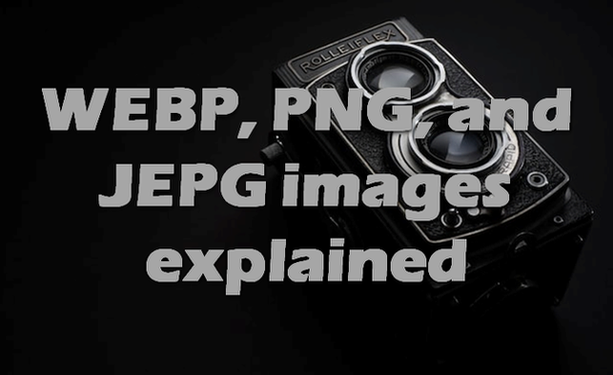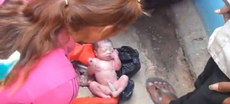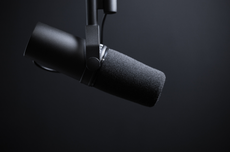WebP, JPG, and PNG image formats (Meaning, Uses, Definition, and Comparison)

Intro
As we all know there are numerous image formats. But among them, JPG (also JPEG) and PNG are the two most used and most populous image formats.
But recently, a new image format named Webp is also growing in popularity.
In this post, we will walk you through the meaning, definition, uses, and comparison of a WebP, JPG and PNG image formats. And after going through this post you will understand everything you need to know about Webp, PNG, and JPEG image format.
What is WebP?
WebP is a new image format that was created by Google in 2010, based on technology acquired with the purchase of On2 Technologies. It provides superior lossless and lossy compression for images while remaining quality intact. The degree of lossy compression is adjustable which means we can determine the trade-off between the size and quality of the image.
Pros of Webp image format
- Smaller file size at an equivalent quality compared to PNG and JPEG. WebP lossless format can compress images up to 26% more compared to PNG while WebP lossy images are 25-34% smaller in size at an equivalent quality compared to JPG.
- It possesses lossless and lossy compression mode and the feature of Alpha transparency and animation.
Cons of Webp
Poor compatibility, Only Chrome, Edge, Firefox, and Opera have already natively supported WebP format, except for Safari, and Internet Explorer.- General graphic editor software can't open or edit WebP images, except for browsers.
What is JPG or JPEG?
When we are talking about JPG we are also referring to JPEG, because they are the same thing. JPEG stands for Joint Photographic Expert Group (JPG) is a standard image format for containing lossy and compressed image data, particularly for those produced by digital photography. The compression degree can also be adjusted so we can choose the balance between the size and quality of an image. Even after a huge reduction of the image size a JPG image will still maintain a reasonable image quality.
Pros
- A JPEG file can reduce image size to a smaller file size, and still maintain reasonable image quality relative to PNG.
Sharing of JPEG images is quicker and efficient. And a large number of JPEG image files can be stored in minimum storage space.- All popular image editors supports can open and edit JPEG images.
- It supports 24bit color with up to 16 million colors.
- Compared with PNG and WebP, JPEG works particularly well for large, complex, and colorful images with high resolution and lots of gradients.
Cons
- JPEG images does not support transparency unlike PNG. So, it is not suitable for logos text, icons, or monochrome graphics with clear boundaries.
- It is lossy compression so when editing and resaving the JPEG image, it will reduce the image quality.
what is PNG?
PNG Portable Network Graphics is a bitmap graphics (raster-graphics) format that supports lossless compression. PNG was developed as an alternative to the popular GIF (Graphics Interchange Format) format. It supports palette-based Image editor like CorelDRAW. frequently use PNG image format.
Pros
- The main advantage of PNG over JPG is its lossless compression, this means there is no loss in quality each time you open and save it again.
- PNG supports a large number of colors. PNG8 supports 256 colors and PNG24 supports over 16 million colors.
- All popular image editors supports can open and edit PNG images.
- PNG images supports multi-level of transparency. And it has 256 levels of opacity.
Cons
- PNG image is usually larger in size and it consumes lots of storage space for its lossless compression.
- PNG images doesn't support animation of any kind.
- PNG image format does not support embedding EXIF metadata used by most digital cameras.
Take-home message and conclusion
Webp, JPEG, and PNG images are great image formats, and also the most popular. So when it comes to comparing Webp vs JPEG vs PNG, all of them have their pros and cons. JPG(JEPEG) is the best format for dealing with large, complex, and colorful images with high resolution and lots of gradients while PNG is more suitable for storing line drawings, text, and iconic graphics in a small file size. As for WebP, if you are a website developer or a webmaster, it will be your best choice; Webp can speed up the loading time of images and website. It can also save lots of server resources and data space.We believe you now understand when to use any of the three most popular image format.
Related articles










More articles »
Latest Posts

Top 5 best cheapest and fastest VPS hosting providers

What is remote work? (Meaning, Examples, Type, Pros and Cons)

How to become a professional Writer, (step-by-step guide)

Top 10 best platforms to start podcasting in 2024

ATBU shut down campuses after students’ protests
More Posts »